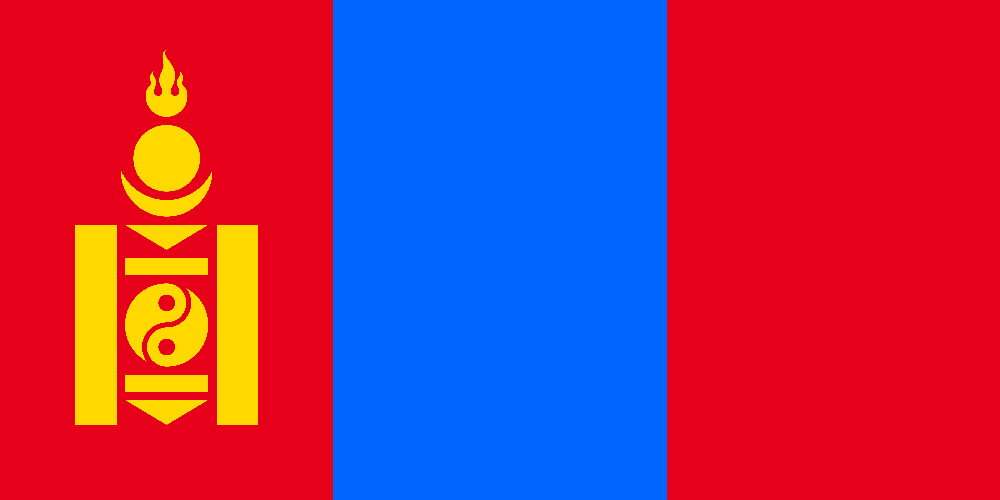Current rangeland state of Mongolia
- National report on the rangeland health of Mongolia I
- National report on the rangeland health of Mongolia II
- Recovery class concept of Mongolian rangelands
Rangeland monitoring dot map-2018
Class I. The plant community is at or near reference conditions (non-degraded) or requires 1-3 growing seasons for recovery from minor changes (slightly degraded); match stocking rate to forage supply and use temporary seasonal deferment as needed.
Class II. The plant community is altered and may be rapidly recovered (3-5 growing seasons) with favorable climatic conditions or a change in management (e.g., stocking rate reduction, seasonal deferment, rotation). The nature of alteration is not regarded as a significant long-term threat to the provision of forage and other ecosystem services.
Class III. The plant community is altered and may take 5-10 growing seasons to recover with changed management (stocking rate reduction, seasonal deferment, and long-term rest). Alteration represents a significant loss of important ecosystem services (and are clearly related to anthropogenic drivers), but recovery is possible in time.
Class IV. The plant community is altered due to the local loss of key plant species, invasion of noxious plant species, or alteration of hydrology that is unlikely to be recovered for over a decade to many decades without intensive interventions such as species removal, seeding, or manipulations to recover historical hydrological function (i.e. an ecological threshold was crossed). Previous ecosystem services have been lost and are usually costly to recover.
Class V. The plant community is altered due to extensive soil loss, accelerated erosion rates, or salinization. Altered plant-soil feedbacks or permanent changes in the soil profile maintain the degraded state. Previous ecosystem services have been lost and it is usually impractical to recover them (often regarded as true desertification).
.png)




